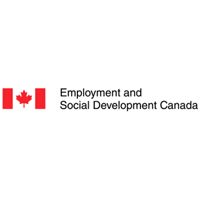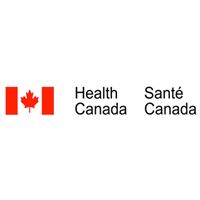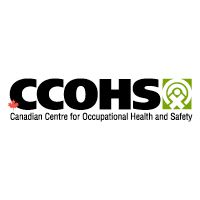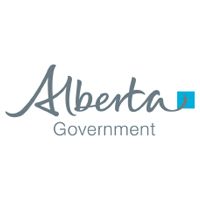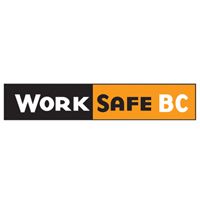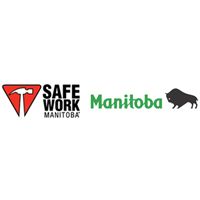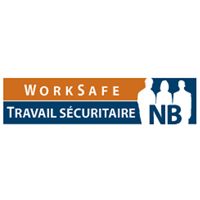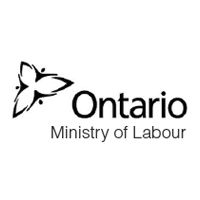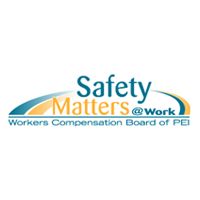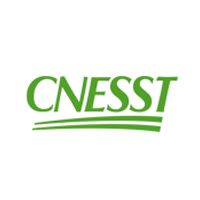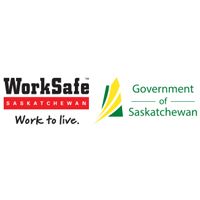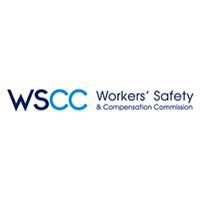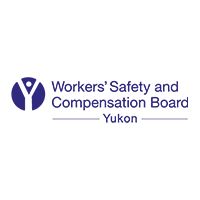The Workplace Hazardous Materials Information System (WHMIS), Canada’s national hazard communication standard, has changed to incorporate the Globally Harmonized System of Classification and Labelling of Chemicals (GHS) - an internationally recognized standard for hazard classification and communication.
WHMIS is implemented through coordinated federal, provincial and territorial legislation. Supplier labelling and safety data sheet (SDS, formerly MSDS) requirements are set out under the federal Hazardous Products Act and associated regulations. All of the provincial, territorial and federal agencies responsible for occupational safety and health have established WHMIS employer requirements within their respective jurisdictions. Employer requirements ensure that hazardous products used, stored, handled or disposed of in the workplace are properly labelled, that SDSs are made available to workers, and that workers receive education and training to ensure the safe storage, handling, use and disposal of hazardous products in the workplace.
To align with the GHS, the Hazardous Products Regulations (HPR) were published in Canada Gazette, Part II on February 11, 2015. Updates to the Hazardous Products Act (HPA) and regulations came into force on December 15, 2022. Suppliers are granted a 3-year transition period (to December 14, 2025) to bring product classifications, safety data sheets and labels into compliance with the amendments.
The following changes were introduced in December 2022:
- new information elements on the safety data sheets for Section 9 (physical and chemical properties) and a new hazard statement option for Combustible Dust
- a new physical hazard class (Chemicals Under Pressure)
- a change in name of the physical hazard class “Flammable Aerosols” to “Aerosols”
- a new hazard category for non-flammable aerosols (Aerosols - Category 3)
- subcategorization of Flammable Gases - Category 1 into 1A and 1B (with the inclusion of pyrophoric gases and chemically unstable gases in subcategory 1A).
- amendment to allow for the use of narrower concentration ranges that fall within one of the prescribed concentration ranges for hazardous ingredient withheld as a trade secret (subsections 4.4.1(3) and 4.5(3) of the HPR)
- classification criteria changes for water-activated toxicants and Reproductive Toxicity – Category 2
- specification that mixtures may be classified in a subcategory when there are sufficient data available
- amendment to specify that all hazardous ingredients which are present in a mixture at concentrations above the relevant cut-off levels must be disclosed, regardless of whether the hazardous ingredient contributes to the classification of the mixture as a hazardous product (subsection 3(2) of Schedule 1 to the HPR)
- specification that provisions under subsections 5.7(9) and (10) apply to both SDSs and labels and specification that the provision under subsection 5.7(11) addresses information elements other than the product identifier and initial supplier identifier
- amendments to specify that, when a supplier is required to provide, obtain, or prepare a written document, it must include the changes to the SDS and/or label that are required as a result of the significant new data and the date on which the significant new data became available (section 5.12 of the HPR)
This amended system is referred to as simply “WHMIS”, and versions of the Hazardous Products Regulations (HPR) are referred to as “former” and “amended”. “Former HPR” identifies the WHMIS 2015 regulations that were in effect prior to the 2022 amendments. “Amended HPR” identifies the updated WHMIS legislation that came into effect in December 2022.

